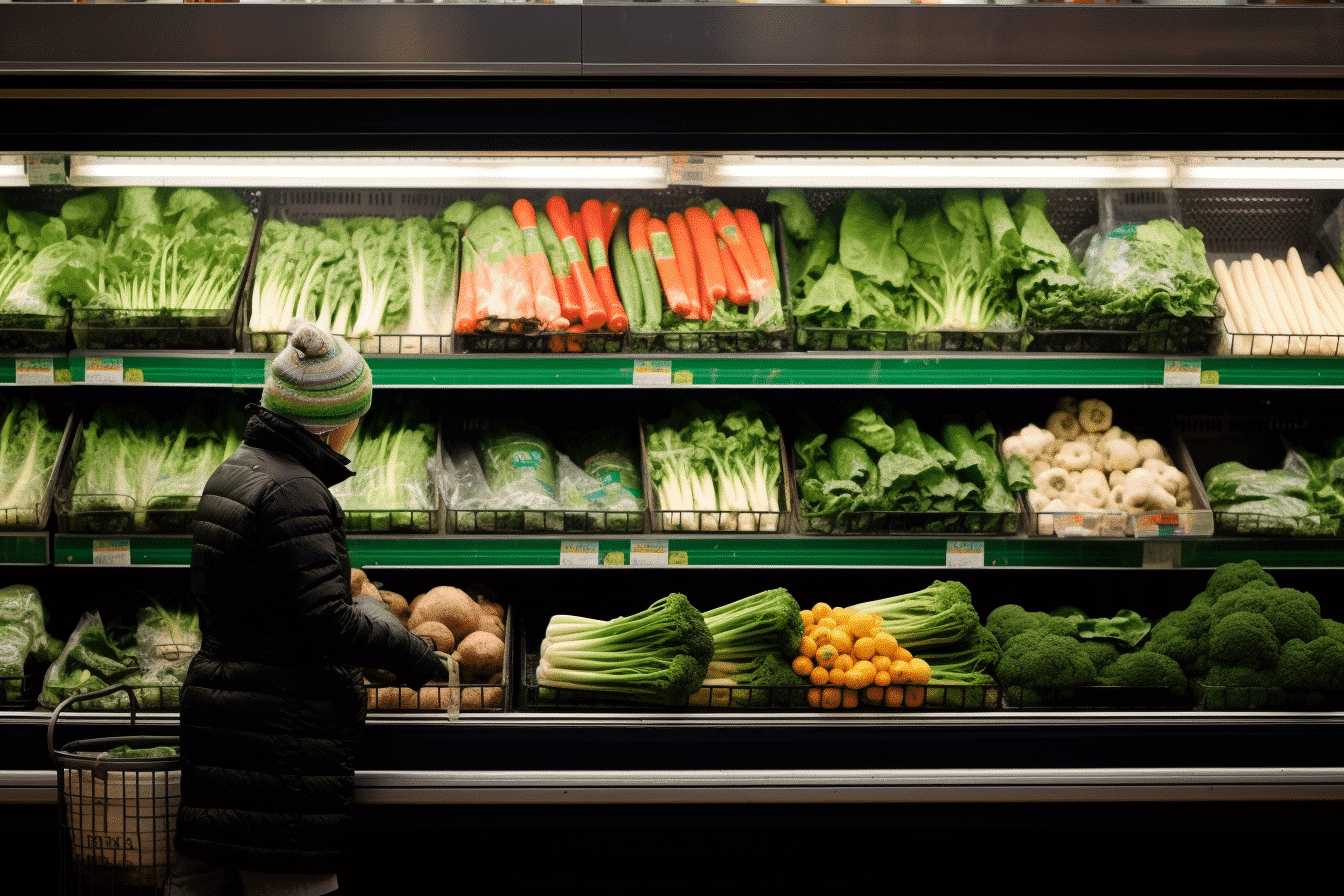Inflation Takes a Dip, But Grocery Prices Remain High
Canadians continue to grapple with rising grocery prices despite a slight reduction in Canada’s inflation rate, with a 3.4% year-over-year increase in May 2023 compared to April’s 4.4% rise. The inflation data from Statistics Canada reveals a 9% year-over-year increase in grocery prices from May 2022, indicating continued pressure on consumers’ wallets.
Staples Lead the Increase
The data underscores an alarming trend in essential food items. Prices of edible oils and fats, bakery and cereal products have surged the most year-over-year. The price of edible oils and fats witnessed a steep rise, up 20.3%, followed by bakery items like cookies and crackers, up 16.3%, and cereal products, up 13.6%. Butter, another household staple, has also seen a 10% increase.
Dining Out Gets Costlier
Adding to the burden, dining out has also escalated due to labour shortages and rising input costs. In May, food purchased from restaurants saw a price jump of 6.8%, a small but significant increase from 6.4% in April.
Fruits, Vegetables, and Meats
Lettuce and oranges led the way in the produce aisle with significant price increases, while tomatoes saw a rare price reduction. The data shows lettuce prices jumping 15.9% year-over-year, while orange prices climbed 14.7%. Meanwhile, the cost of potatoes rose 7.6% year-over-year, presenting additional challenges to budget-conscious consumers.
Price Hikes in Dairy and Beverages
Canadian summer favourites also bear the brunt of rising costs. Ice cream prices rose 8.7% year-over-year, while coffee and tea climbed 8.5%, signalling pricier summer treats and morning routines. Cheese saw a moderate % price rise of 6% year-over-year, while egg prices remained high at 8.2%.
As Canadians continue to navigate these price escalations, budgeting and cost-cutting strategies will be vital to managing the increasing cost of living. Although inflation appears to be slowing, the impact on grocery prices – an essential part of household spending – remains a persistent concern.
